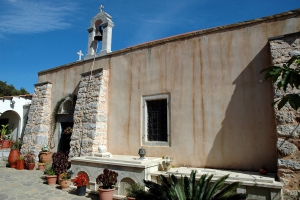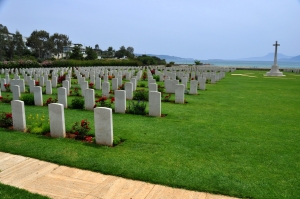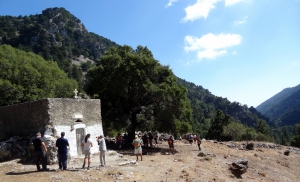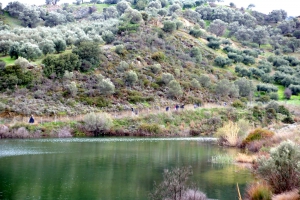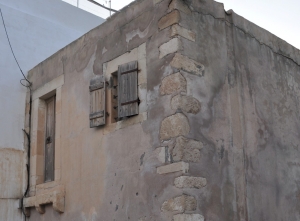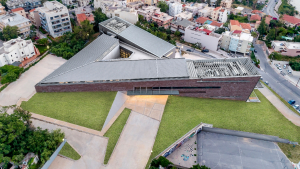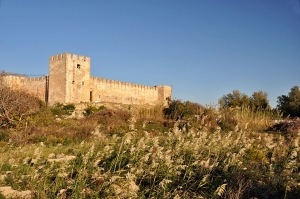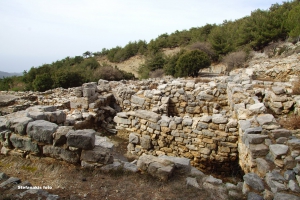The monastery of the Virgin Mary «of the hollow stone» (Greek: Panagia Koufis Petras) is dedicated to the Annunciation. It is located west of Kremasta Monastery and at a short distance from Neapolis.
At Vlites position, by Souda port, in a beautifully landscaped scenery, there is the Souda Bay War Cemetery, where ceremonies take place every year in memory of the victims of the Second World War. Throughout the year, many visitors, mainly Australians and New Zealanders, visit this place.
The proposed trekking route in the canyon starts from Niato Plateau (near Askifou Plateau) and runs along the European trail E4. You initially meet the abandoned village of Kali Lakki. From here starts the canyon, which is one of the greenest gorges in Crete, with incredibly interesting flora. Oaks, cypresses, and pines are the main trees in Sfakiano Gorge.
The dam of Faneromeni is located 7km west of the village of Zaros and about 7km north of Tympaki. It is located in a scenic location, in a verdant valley at the southern foot of Psiloritis Mount. The artificial lake covers an area of approximately 1000 acres and has a capacity of 20 million cubic meters.
In the summer of 1798 the French Emperor Napoleon Bonaparte conducted his campaign against the Mamluks in Egypt to protect the French trade in the region and to block the access of the Brits in India. During his trip to the east it is said to have stayed for a night in a house in Ierapetra.
The Archaeological Museum of Chania is located in the historic district of Halepa in the city of Chania, in the former Hatzidakis camp.
Small, well-preserved, leaning on the edge of a desert plain of the Libyan Sea in Sfakia around the mountains, Fragokastelo unfolds even today the skein of history, a story full of memories and mysteries. The "castle of Drosoulites" was built by the Venetians in the period 1371-1374, aiming to protect them from Sfakians, who were led by the six brothers Patsis who constantly bothered occupiers, who could not complete the project.











